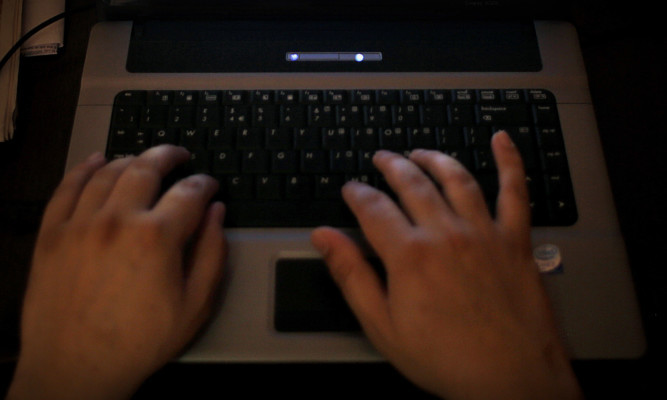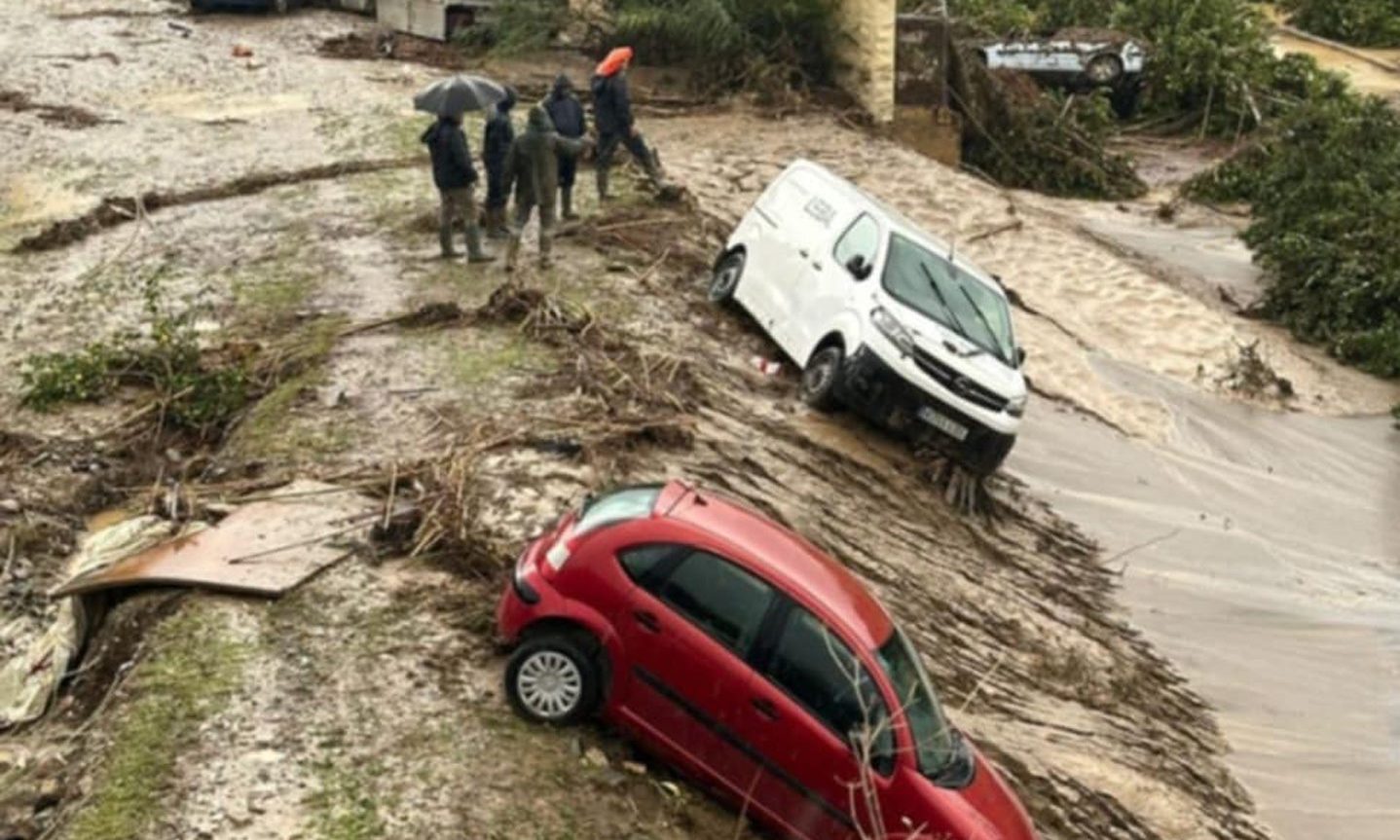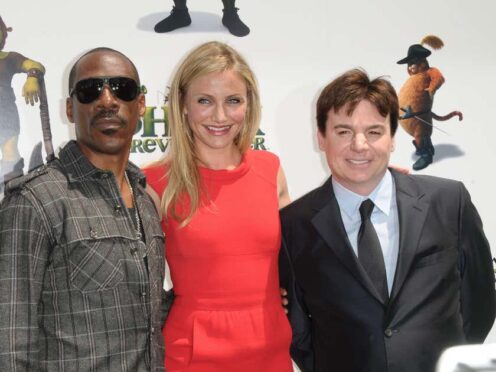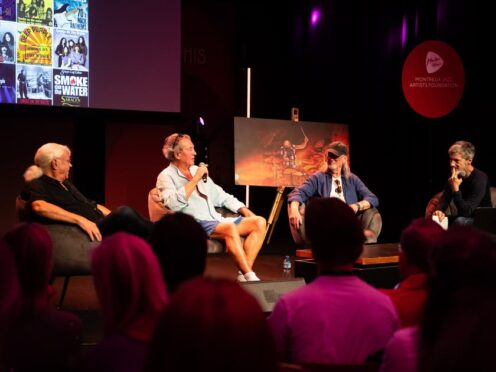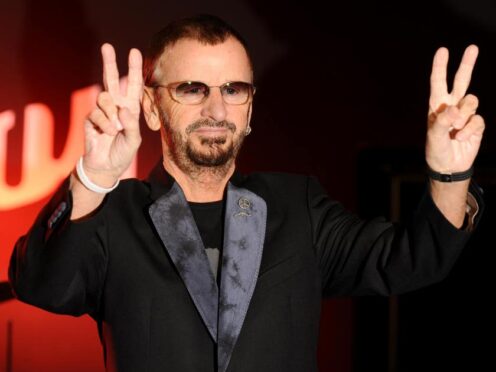Record numbers of web pages containing child sexual abuse images are being detected following a dramatic spike in reports, a watchdog has revealed.
Some 68,092 URLs were identified and taken down by the Internet Watch Foundation last year – a rise of 118% on 2014.
Pages containing child sexual abuse imagery were recorded by the organisation at a rate of nearly 200 every day.
In October action was taken on a record-breaking 941 web pages in a single day. Each confirmed report could involve one or 1,000 images.
The IWF said the “staggering” figures come after a move in 2014 to allow its analysts to proactively search for abuse imagery in addition to handling notifications from members of the public.
Compared with 2013, the number of pages confirmed as illegal images or video has jumped 417%.
Susie Hargreaves, chief executive of the IWF, said: “Last year our analysts broke all records for assessing reports.
“By being allowed to actively search for these hideous images of children, we’ve seen a dramatic increase in the sheer number of illegal images and videos that we’ve been able to remove from the internet.”
Data released by the IWF in its annual report also revealed:
- More than two in three (69%) victims were assessed as 10 or under, while 1,788 (3%) were two or under
- There has been an increase in reports of child sexual abuse imagery of children assessed as 11 to 15, which the IWF said could in part be linked to the increased use of webcams
- A third of images were in Category A, which covers rape or sexual torture of children
- One in five (21%) web pages confirmed as containing child sexual abuse imagery were categorised as “commercial”
- The UK hosts 0.2% of the global total of online child sexual abuse content, with action taken on 135 web pages hosting images and videos in this country
The study also set out trends in the techniques used by to evade detection.
Last year for the first time experts observed that some “hidden services” on the section of the internet known as the dark web were regularly changing web addresses.
The report said: “Child sexual abuse websites on the open web regularly do this to try to stop being found. But this was the first time we’d seen it routinely done by hidden services.”
Work is under way on a new database known as the image hash list which aims to tackle the issue of duplicate material by giving each image a unique code.
Ms Hargreaves said: “Most images have been shared online for years and there are often thousands of duplicates of individual images on the internet.
“Until recently, this meant that most victims had to live with the knowledge that those images will be shared again and again.”
The IWF was established in 1996 and is funded by the EU and online industry.
Writing in the report, Prime Minister David Cameron said: “This has been a hugely important year for those at the front of our global efforts against the crime of the taking and sharing of images depicting the sexual abuse of children.”
